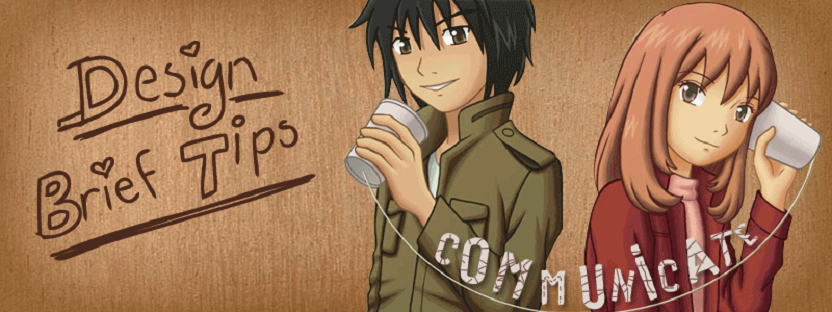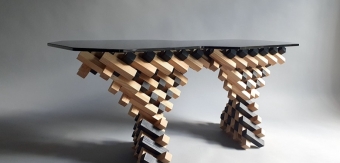
How do you get the design you want? The perfect design you envision in your head?... The design brief is the answer.
Whether you are a designer or a client, an effective design brief is the single most critical factor in ensuring that a project is successful.
This article will tell you how to write an effective design brief that will be both beneficial to the client and the designer.
This article will be based from the client's perspective.
What is a Design Brief?
First off, you may want to know what a design brief is. A design brief is something that is vital to any design project as it will provide the designer(s) with all the information needed to exceed your expectations.
A design brief should primarily focus on the results and outcomes of the design and the business objectives of the design project. It should not attempt to deal with the aesthetics of design... That is the responsibility of the designer.
The design brief also allows you (the client) to focus on exactly what you want to achieve before any work starts on the project.
A good design brief will ensure that you get a high quality design that meets your needs, providing you have chosen the right designer.
How to write an Effective Design Brief
If you answer these questions below in an ordered and detailed fashion, your design brief will be 90% done... the other 10% will come from further questions from the designer after you submit your brief.
Have fun answering the questions and remember, provide as much detail as possible! This does not mean one line answers.
What does your business do?
Tip: Never assume that the designer will know anything about your company. Be clear and concise and avoid jargon when replying.
- What does your company / organisation do?
- What is your company's history?
What are the goals? Why?
- What is the overall goal of the new design project?
- What are you trying to communicate and why?
- Are you trying to sell more products or get awareness of your product / service?
- How do you differ from your competitors?
- Do you want to completely reinvent yourself or are you simply updating your promotional material?
Who is the target market?

- What are your target market's demographics & phychographics? i.e. the age, gender, income, tastes, views, attitudes, employment, geography, lifestyle of those you want to reach.
Tip: If you have multiple audiences, rank them in terms of importance.
What copy (text) and pictures are needed?
Tip: The copy and pictures used in a design are as crucial as the design itself and you should clearly state who is going to be providing the copy and pictures if needed. You may need to look into getting a professional copywriter / photographer - ask your designer for some recommendations.
- What copy needs to be included in the design? Who is providing the copy?
- What pictures / photographs / diagrams etc. need to be used? Who is providing these?
What are the specifications?
- What size is the design going to be?
- Where is it going to be printed / used? The web, business cards, stationery, on your car?
- What other information should the designer know in regards to specifications?
Have you got a benchmark in mind?
- You should provide the designer with some examples of what you consider to be effective or relevant design even if it is from your main competitors. This will set a benchmark for your designer.
- Provide the designer with things not to do, and styles that you do not like or wish to see in your design. This will give the designer an idea of what to avoid and will avoid disappointment on your behalf.
What Is Your Budget?
- Providing a budget prevents designers wasting valuable time and resources when trying to maximise your budget.
- Providing the budget upfront also allows designers to know if the project is going to be worthwhile to complete. Make sure you are worth their time.
What is the time scale / deadline?
- Give the designer a detailed schedule of the project and set a realistic deadline for the completion of the work. You should take into account the various stages of the design project such as consultation, concept development, production and delivery.
Tip: Rushing design jobs helps no one and mistakes can be made if a complex job is pushed through without time to review, however, there are times when a rush job is needed, and in these cases you should be honest and upfront about it.
Tips for the Designer
As a designer it is important to have a template such as this one to give to clients as clients will not always come to you with a design brief - feel free to use this one as you please. By having a template ready, it shows them your professionalism and ultimately saves them (and you) a lot of time and money.
You can see more of Jacob's work by visiting his website.





